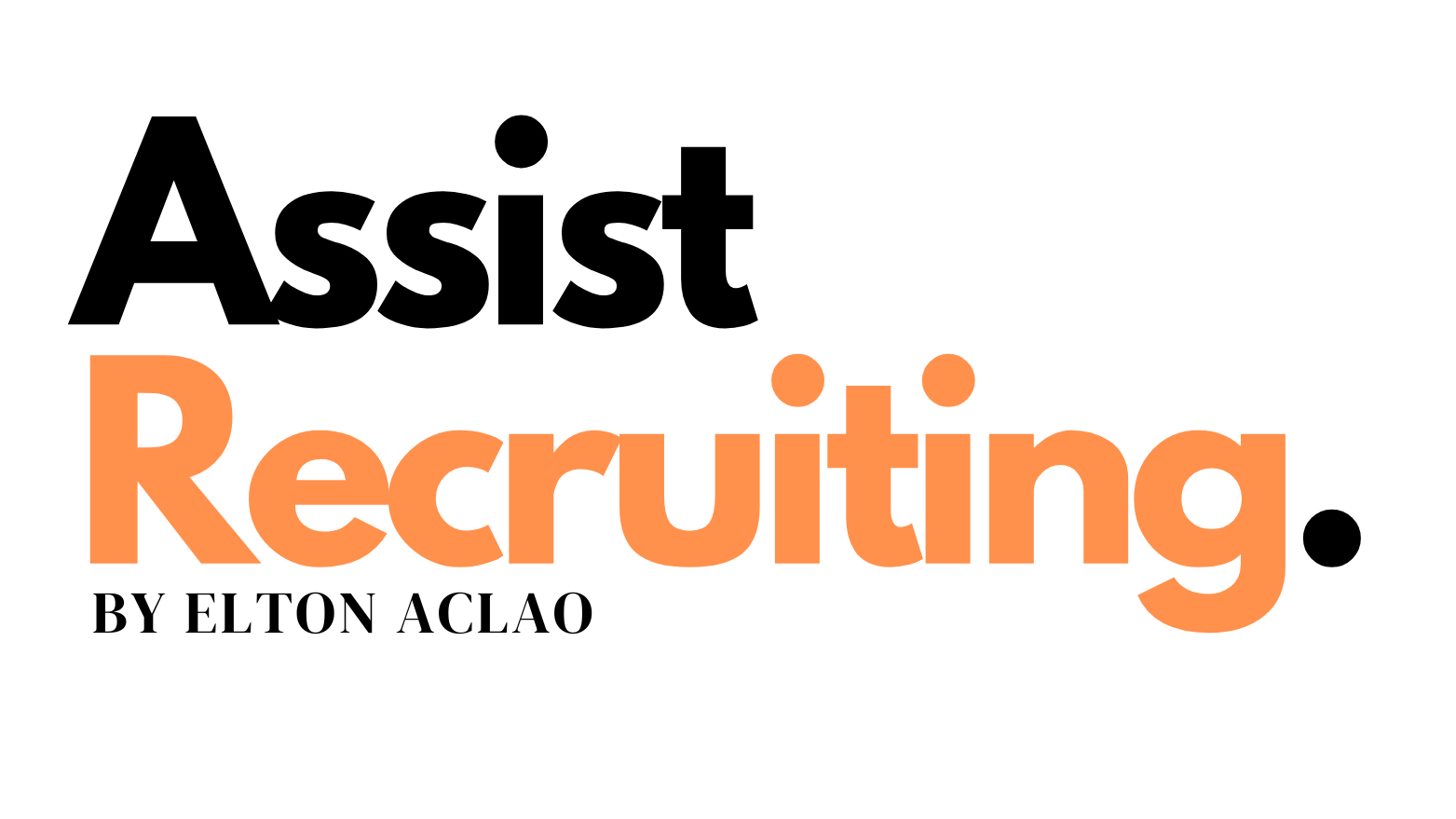Hiring a Virtual Assistant can be a game-changer for busy entrepreneurs, managers, and decision-makers. But while delegating tasks can save you time and streamline workflows, the success of the relationship depends heavily on one critical factor: trust. Without trust, micromanagement takes over, productivity drops, and the full potential of your Virtual Assistant remains untapped. In this article, we’ll explore proven communication strategies that help build trust with your Virtual Assistant, ensuring a long-term, productive partnership.
Why Communication Is the Foundation of Trust
Effective communication is the cornerstone of any working relationship, but with a Virtual Assistant, it becomes even more essential. Unlike in-office staff, your assistant works remotely and doesn’t benefit from daily face-to-face interactions. Miscommunication can easily lead to missed deadlines, errors, and frustration. Clear, consistent communication ensures that both parties understand expectations, roles, and responsibilities.
Key benefits of effective communication with a Virtual Assistant:
- Builds confidence in task execution
- Reduces misunderstandings
- Creates accountability
- Fosters stronger working relationships
- Improves long-term retention
Setting Clear Expectations from Day One
Define the Role and Responsibilities
When onboarding your Virtual Assistant, take the time to outline specific responsibilities, tools they’ll use, and performance metrics. A clear scope reduces confusion and provides a strong foundation for accountability.
Establish Communication Channels
Decide upfront how you’ll stay connected—whether it’s Slack, Zoom, Microsoft Teams, or email. Choose a primary channel and stick with it to avoid scattered communication.
Set Realistic KPIs
Use measurable outcomes to track performance. For example:
- Number of leads generated per week
- Turnaround time for tasks
- Accuracy in data entry or reporting
Having clear KPIs provides structure, which builds trust in your Virtual Assistant’s ability to deliver results.
Daily and Weekly Check-Ins
Daily Stand-Ups
Even if just 10 minutes long, a quick daily sync ensures alignment. Discuss priorities, deadlines, and roadblocks.
Weekly Review Meetings
Use weekly calls to review completed work, share feedback, and set new goals. This rhythm balances accountability with flexibility and keeps trust strong.
Creating a Feedback Loop
Be Constructive, Not Critical
When mistakes happen, approach them as learning opportunities. Constructive feedback encourages growth, while criticism without guidance erodes trust.
Celebrate Wins
Recognize achievements—big or small. A simple “thank you” or acknowledgment during a call boosts morale and reinforces trust.
Ask for Feedback, Too
Trust is mutual. Encourage your Virtual Assistant to share what’s working and what isn’t. This creates a two-way street of communication.
Leveraging Technology to Build Trust
Your Virtual Assistant relies on digital tools to perform effectively. By implementing the right tech stack, you foster smoother collaboration and reduce the risk of miscommunication.
Recommended Tools:
- Project Management: Asana, Trello, or ClickUp
- Communication: Slack, Microsoft Teams, or Zoom
- File Sharing: Google Drive or Dropbox
- Time Tracking: Time Doctor or Hubstaff
These platforms provide transparency, making it easier to monitor progress and build confidence in your assistant’s work.
Cultural Awareness and Respect
If your Virtual Assistant is offshore, cultural sensitivity plays a huge role in trust-building. Respect different time zones, holidays, and communication styles. This awareness demonstrates empathy and fosters stronger, long-term partnerships.

How Assist Recruiting Helps You Build Trust with Your Virtual Assistant
At Assist Recruiting, we don’t just match you with skilled Virtual Assistants—we guide you on best practices for building lasting professional relationships. From onboarding frameworks to communication strategies, our team ensures you and your Virtual Assistant start strong and grow together.
FAQs About Building Trust with a Virtual Assistant
1. How do I know if my Virtual Assistant is trustworthy?
Trust is built over time through consistent performance. Setting clear KPIs, using project management tools, and maintaining open communication are the best ways to establish confidence in your assistant.
2. Should I track my Virtual Assistant’s time?
Time tracking can be useful, especially in the early stages. However, focus on results rather than just hours worked to build long-term trust.
3. How can I avoid micromanaging my Virtual Assistant?
Establish clear expectations, use project management tools, and schedule regular check-ins. This way, you stay informed without hovering over every detail.
4. Can I build trust with a Virtual Assistant across different time zones?
Yes. By respecting time differences, setting overlapping working hours, and using asynchronous tools like Trello or Slack, you can maintain seamless communication and trust.
5. What role does feedback play in trust-building?
Feedback is crucial. Constructive guidance helps your Virtual Assistant improve, while recognition reinforces positive behavior and builds mutual respect.
Building trust with your Virtual Assistant is not a one-time effort—it’s a continuous process of clear communication, constructive feedback, and mutual respect. By leveraging technology, setting realistic expectations, and fostering open dialogue, you create a strong, lasting partnership that fuels business growth.
At Assist Recruiting, we specialize in helping business owners and decision-makers unlock the full potential of their Virtual Assistants. Ready to strengthen your remote team? Book a consultation with us today and discover how we can support your success.
Read more of our blogs.


Leave a Reply